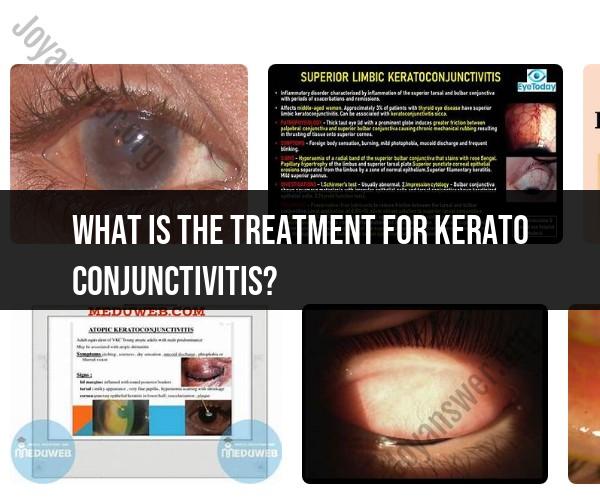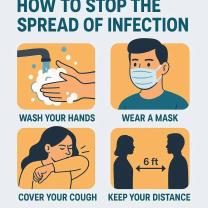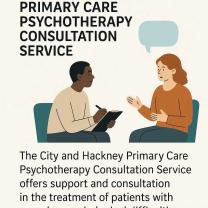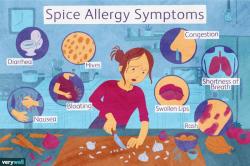What is the treatment for kerato conjunctivitis?
Keratoconjunctivitis, which is the inflammation of both the cornea (keratitis) and the conjunctiva (conjunctivitis), can have various causes, including viral, bacterial, allergic, or other factors. The treatment for keratoconjunctivitis depends on the underlying cause and the severity of the condition. Here are some common approaches to managing keratoconjunctivitis:
Prescription Eye Drops: In many cases, prescription eye drops are the primary treatment for keratoconjunctivitis. The type of eye drop prescribed will depend on the cause of the condition:
Antibiotic Eye Drops: If keratoconjunctivitis is caused by a bacterial infection, such as with Staphylococcus or Streptococcus, antibiotic eye drops are typically prescribed. It's important to follow the full course of treatment as prescribed by a healthcare provider.
Antiviral Eye Drops: If the condition is caused by a viral infection, such as herpes simplex virus (HSV), antiviral eye drops may be used.
Anti-inflammatory Eye Drops: For keratoconjunctivitis associated with inflammation, steroid or non-steroidal anti-inflammatory eye drops may be prescribed to reduce swelling and discomfort.
Artificial Tears: Lubricating or artificial tear eye drops can provide relief from the dry eye component of keratoconjunctivitis and improve comfort.
Oral Medications: In some cases, oral medications may be prescribed to complement the treatment. For example, oral antiviral medications may be used for severe viral keratoconjunctivitis.
Warm Compresses: Applying warm compresses to the eyes can help alleviate discomfort and promote the healing of the inflamed tissues.
Topical Decongestants: Topical decongestant eye drops may be used temporarily to reduce eye redness and swelling. However, these should be used cautiously and for short periods, as prolonged use can lead to a rebound effect and worsen symptoms.
Allergy Medications: If keratoconjunctivitis is due to allergies, antihistamines or other allergy medications may be recommended to manage symptoms. Identifying and avoiding allergens can also be beneficial.
Hygiene Practices: Practicing good eye hygiene, such as keeping the eyes clean, avoiding touching or rubbing the eyes, and replacing contact lenses and cleaning solutions as recommended, can help prevent further irritation and infection.
Contact Lens Care: If you wear contact lenses, it's essential to follow proper hygiene and care guidelines, and you may need to temporarily discontinue lens wear during treatment.
Protective Eyewear: In cases of exposure to environmental irritants or UV radiation, wearing protective eyewear can help prevent further irritation.
Management of Underlying Conditions: If keratoconjunctivitis is related to an underlying medical condition, such as autoimmune disorders or dry eye syndrome, managing the primary condition is important for long-term symptom relief.
It's important to consult with an eye care professional, such as an ophthalmologist or optometrist, for an accurate diagnosis and appropriate treatment for keratoconjunctivitis. The choice of treatment will be tailored to the specific cause of the condition and its severity. In some instances, keratoconjunctivitis may resolve relatively quickly with treatment, while in other cases, it may require ongoing management and follow-up care.
Keratoconjunctivitis Treatment: Strategies for Relief
Keratoconjunctivitis is an inflammation of the cornea and conjunctiva, the clear front part of the eye. It can be caused by a variety of factors, including infection, allergy, and dry eye.
Treatment for keratoconjunctivitis will depend on the underlying cause. However, some general strategies for relief include:
- Artificial tears: Artificial tears can help to lubricate the eye and relieve dryness and irritation.
- Cold compresses: Cold compresses can help to reduce inflammation and swelling.
- Over-the-counter pain relievers: Over-the-counter pain relievers, such as ibuprofen or acetaminophen, can help to relieve pain and discomfort.
- Prescription medications: In some cases, prescription medications, such as antibiotics or antihistamines, may be necessary.
Addressing Inflammation and Infection in the Eye
Inflammation and infection are the two main hallmarks of keratoconjunctivitis. Treatment for keratoconjunctivitis will therefore focus on addressing these two issues.
To address inflammation, cold compresses and over-the-counter pain relievers can be helpful. In more severe cases, prescription anti-inflammatory medications may be necessary.
To address infection, prescription antibiotics or antivirals may be necessary. The type of medication will depend on the underlying cause of the infection.
Medical Approaches and Home Care for Keratoconjunctivitis
Medical approaches to keratoconjunctivitis will vary depending on the underlying cause and severity of the condition. However, some common treatments include:
- Antibiotics: Antibiotics are used to treat bacterial infections.
- Antivirals: Antivirals are used to treat viral infections.
- Antihistamines: Antihistamines are used to treat allergic conjunctivitis.
- Corticosteroids: Corticosteroids are used to reduce inflammation. However, they should be used with caution, as they can have side effects, such as increased eye pressure.
Home care for keratoconjunctivitis may include:
- Using artificial tears: Artificial tears can help to lubricate the eye and relieve dryness and irritation.
- Applying cold compresses: Cold compresses can help to reduce inflammation and swelling.
- Avoiding contact lenses: Contact lenses can irritate the eye and make keratoconjunctivitis worse.
- Getting plenty of rest: Resting the eye can help to promote healing.
Prevention and Management of Eye Conditions
There are a number of things you can do to prevent and manage eye conditions, including keratoconjunctivitis:
- Wash your hands frequently: This will help to prevent the spread of infection.
- Avoid touching your eyes: Touching your eyes can spread germs and irritate the eye.
- Wear protective eyewear: Wear protective eyewear, such as sunglasses or safety glasses, when necessary. This will help to protect your eyes from dust, debris, and harmful UV rays.
- Get regular eye exams: Regular eye exams can help to detect early signs of eye problems, including keratoconjunctivitis.
Personal Journeys of Living with Keratoconjunctivitis
Keratoconjunctivitis can be a challenging condition to live with. However, there are a number of things you can do to manage the symptoms and improve your quality of life.
Here are a few personal journeys of living with keratoconjunctivitis:
- "I was diagnosed with keratoconjunctivitis when I was 10 years old. It was a difficult time for me, as I was constantly dealing with pain and discomfort. However, I learned to manage my symptoms and live a full and active life. I now work as a nurse, and I am able to help others who are living with keratoconjunctivitis."
- "I have been living with keratoconjunctivitis for over 10 years. I have found that the best way to manage my condition is to be proactive. I use artificial tears regularly, and I avoid touching my eyes. I also get regular eye exams to keep an eye on my condition."
- "Keratoconjunctivitis can be a frustrating condition, but it is important to remember that you are not alone. There are many people who are living with keratoconjunctivitis, and there are resources available to help you manage your condition."
If you are living with keratoconjunctivitis, it is important to talk to your doctor about the best treatment plan for you. With proper management, you can live a full and active life.













